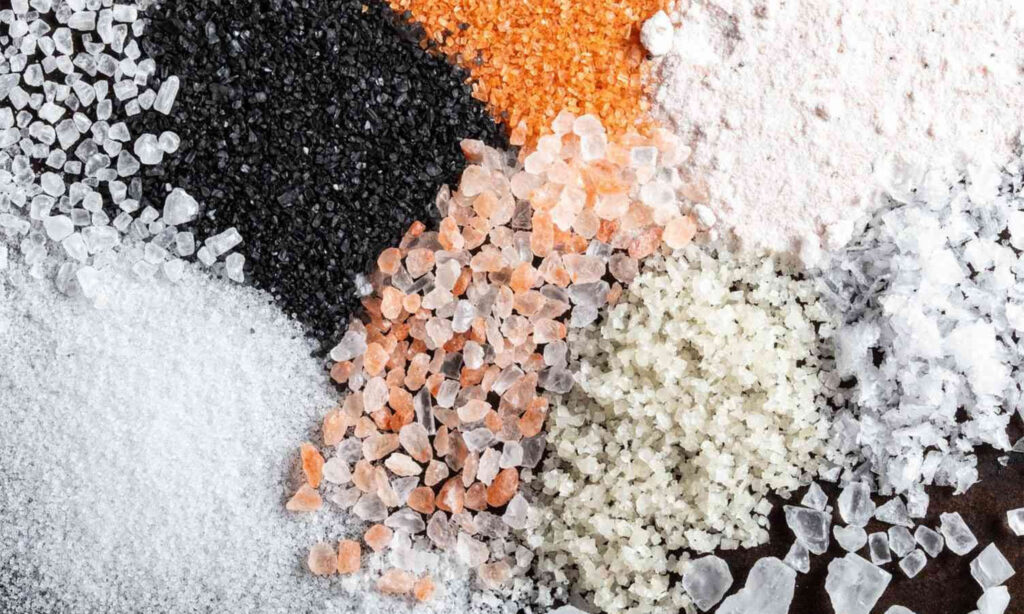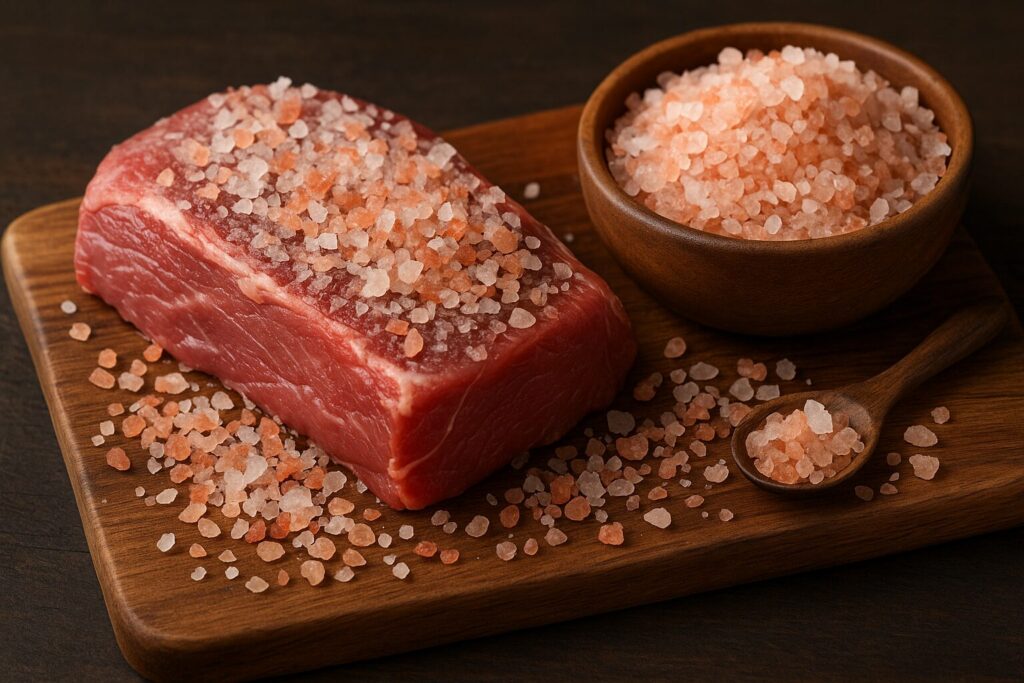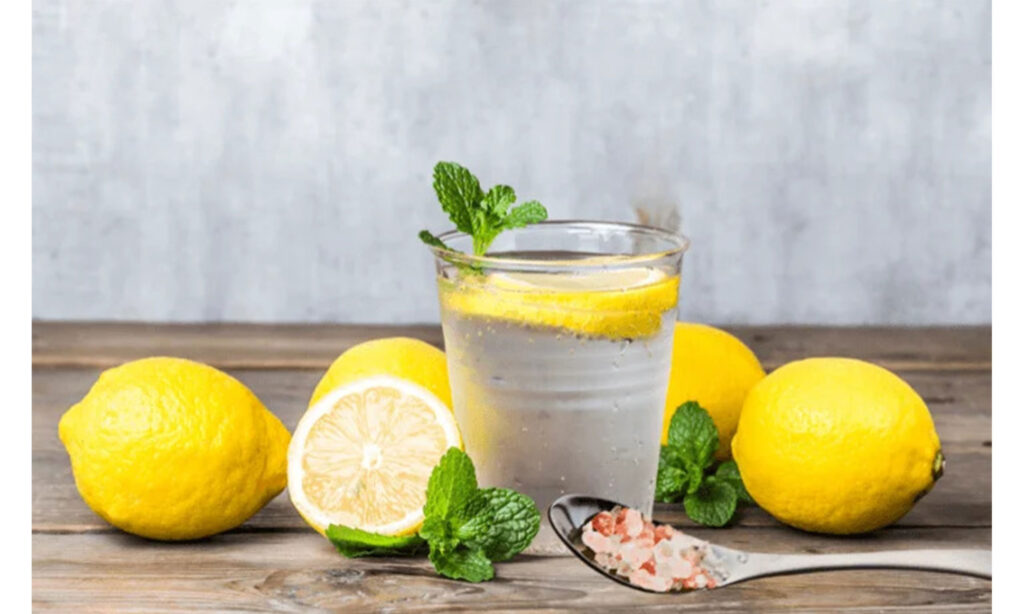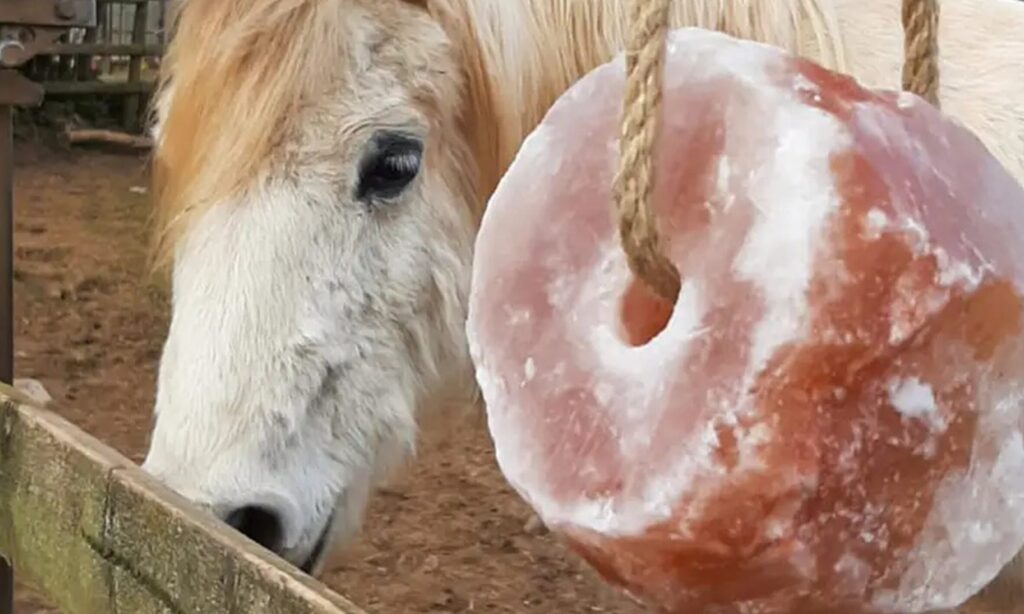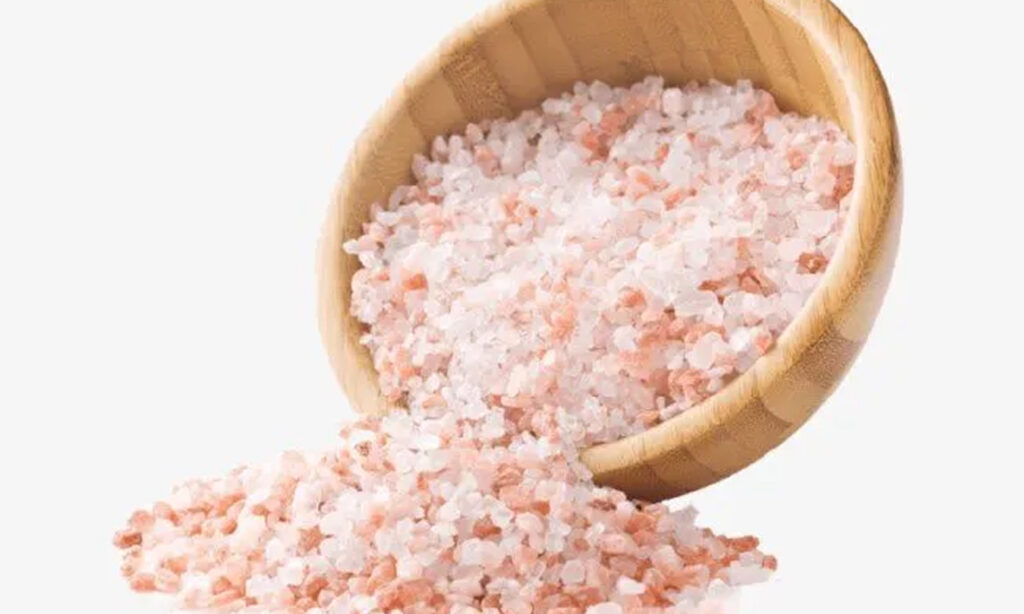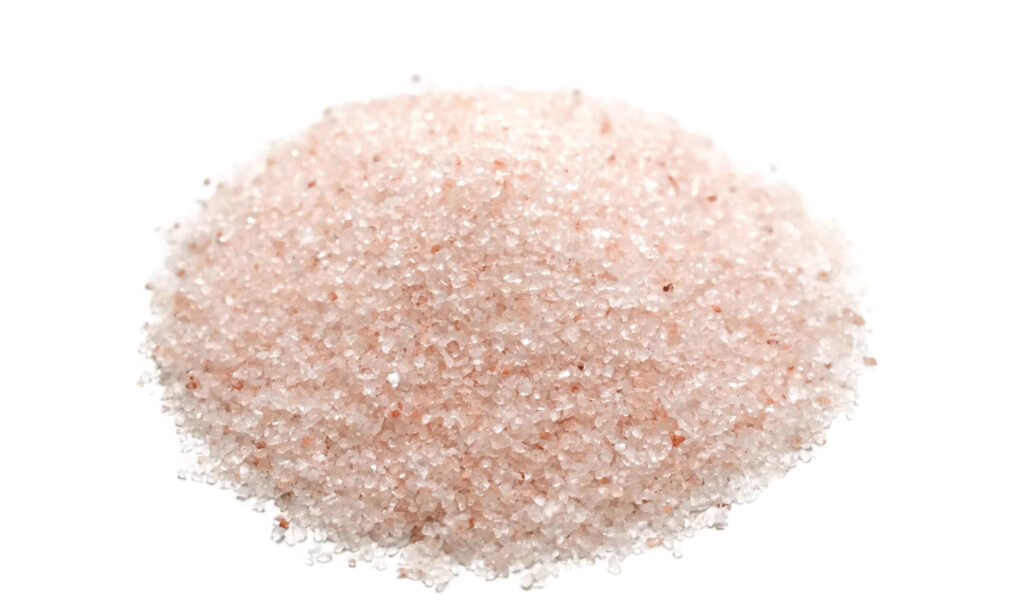Hawaiian Salt vs Himalayan Salt A Deep Dive into Unique Minerals
Salt isn’t just a seasoning it’s a powerhouse of unique minerals with varied health benefits, origin stories, and flavor profiles. Among the most talked-about gourmet salts are Hawaiian salt and Himalayan salt. Each offers a distinctive taste, texture, and trace mineral composition that goes far beyond table salt.
In this guide, we’ll explore Hawaiian salt vs Himalayan salt, their differences, similarities, and which might be the better choice for your kitchen and wellness routine.
What is Hawaiian Salt?
Hawaiian salt also known as Alaea salt or black lava salt depending on the type is sourced from the pristine waters of the Hawaiian Islands. There are primarily two types:
- Red Alaea Hawaiian Salt: Mixed with volcanic red clay, rich in iron oxide and trace minerals.
- Black Hawaiian Lava Salt: Infused with activated charcoal, giving it detoxifying properties and a smoky flavor.
These salts are unrefined and retain many unique minerals, making them highly valued in both culinary and wellness circles.
What is Himalayan Salt?
Himalayan salt is mined from ancient salt beds located in the Punjab region of Pakistan, near the Himalayas. Its iconic pink hue comes from iron oxide and over 84 trace minerals including magnesium, calcium, and potassium.
Himalayan salt is commonly used for:
- Cooking and seasoning
- Bath soaks and spa treatments
- Salt lamps and air purifiers
Hawaiian Sea Salt vs Himalayan Sea Salt Key Differences
| Feature | Hawaiian Sea Salt | Himalayan Salt |
|---|---|---|
| Origin | Hawaiian Islands | Himalayan Mountains, Pakistan |
| Color | Red or black | Light pink to deep red |
| Texture | Coarse and flaky | Crystalline and granulated |
| Mineral Content | Rich in iron, activated charcoal | Rich in magnesium, calcium, potassium |
| Flavor | Earthy, smoky, robust | Clean, slightly sweet |
| Use Cases | Grilling, traditional Hawaiian dishes | Cooking, detox baths, salt lamps |
| Processing | Sun-dried and unrefined | Mined and minimally processed |
| Health Claims | Detoxifying, mineral-rich | pH-balancing, improves hydration |
Himalayan Salt vs Hawaiian Salt: Which Is Better?
The choice between Himalayan salt vs Hawaiian salt depends on what you’re looking for:
- For culinary variety: Hawaiian salt offers bold, exotic flavors ideal for grilled meats and traditional dishes.
- For wellness and detox: Himalayan salt has a slight edge due to its higher unique mineral count and uses beyond food.
- For visual appeal: Both salts are stunning, but the pink of Himalayan and the deep black or red of Hawaiian make a unique presentation.
If you’re after flavor and wellness benefits, alternating between the two based on use can bring the best of both worlds.
Celtic Salt vs Hawaiian Salt How Does It Compare?
Another contender in the natural salt space is Celtic salt, which is grayish and moist due to its harvesting from clay-lined salt beds in France.
| Feature | Celtic Salt | Hawaiian Salt |
|---|---|---|
| Moisture Level | Moist | Dry |
| Mineral Content | Magnesium-rich | Iron or charcoal-rich |
| Taste | Mild and briny | Smoky or earthy |
| Texture | Wet and coarse | Flaky or grainy |
In comparison, Celtic salt vs Hawaiian salt is more about texture and moisture than flavor intensity.
Are These Salts Worth the Hype?
Yes—and here’s why:
- Natural Origins: Unlike bleached table salt, both Himalayan and Hawaiian salts are minimally processed.
- Health Benefits: Thanks to unique minerals, these salts may aid hydration, digestion, and detoxification.
- Versatility: Perfect for everything from gourmet recipes to bath soaks and skincare rituals.
But remember: all salt contains sodium. Even natural salts should be used in moderation.
When it comes to Hawaiian salt vs Himalayan salt, there’s no clear winner just unique choices with different strengths. Whether you’re a home chef looking to enhance flavor or someone seeking mineral-rich health alternatives, both salts bring something special to the table.
For bold flavors and visual flair, go with Hawaiian sea salt. For holistic benefits and versatility, choose Himalayan salt.
Either way, you’ll be seasoning your life with the power of unique minerals.
FAQs
Which is healthier: Hawaiian salt or Himalayan salt?
Both are healthier alternatives to refined table salt due to their unique minerals, but Himalayan salt contains more trace minerals overall.
Can I use Hawaiian salt in place of Himalayan salt?
Yes, but expect a different flavor profile. Hawaiian salt (especially black lava) has a smoky taste that might alter the dish.
Is Himalayan salt better for skin and spa use?
Yes. Himalayan salt is widely used in bath soaks and salt lamps for its detoxifying and relaxing effects.
Why is Hawaiian salt red or black?
Red salt contains volcanic clay (Alaea); black salt has activated charcoal—both give it its unique color and mineral profile.
Is there a taste difference between these salts?
Yes. Hawaiian salt tends to be bolder and earthier, while Himalayan salt has a cleaner, subtle sweetness.


